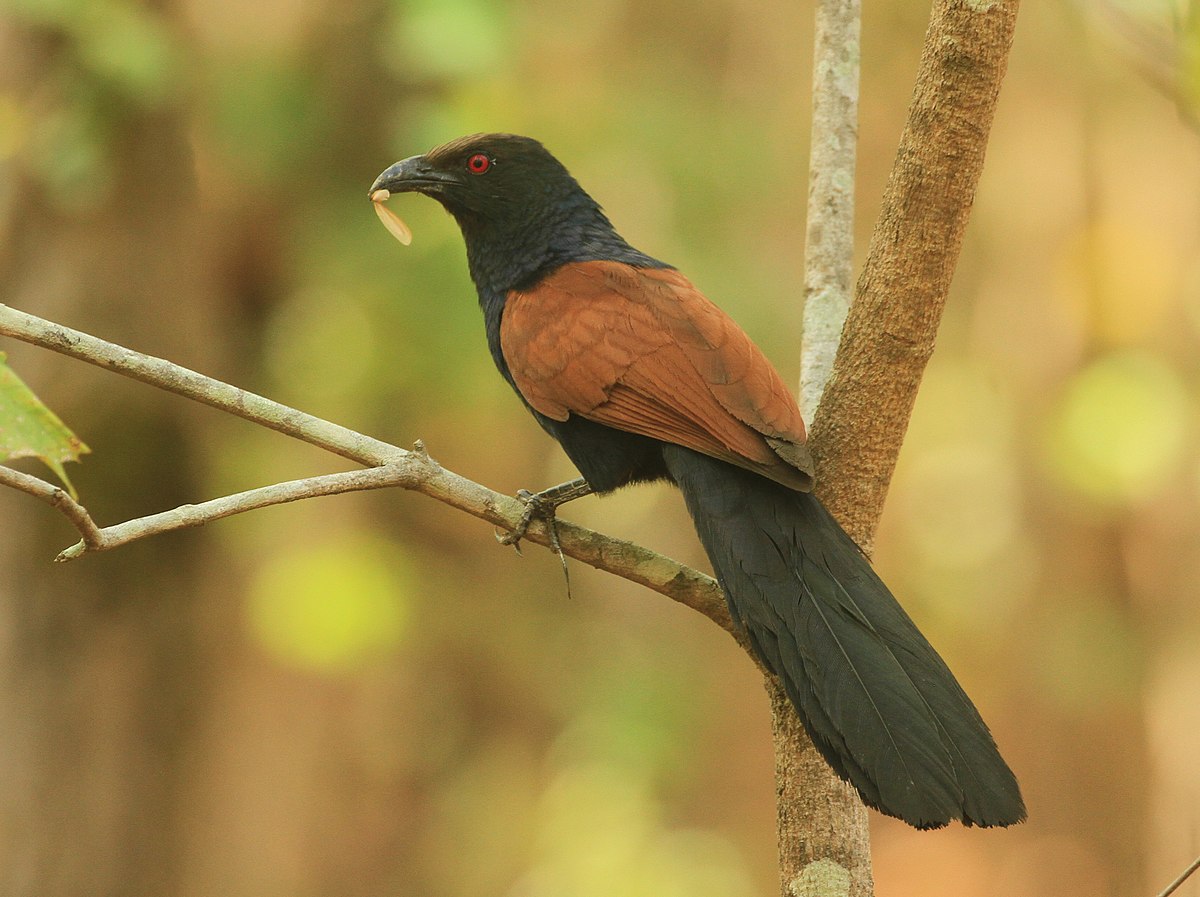Last Updated on March 5, 2024 by Fumipets
The Purposes of Birds’ Tails
The most visible characteristics of a bird are his wings, but his tail is equally impressive. Many birds would struggle to land, perch, and take off elegantly if they didn’t have tails, much alone pivot in mid-flight. Some birds would have a hard time courting mates if they didn’t have tails. Tails also provide specific purposes for others.

Tail Spin
Bird tails seem to be quite basic. They’re really simply a bundle of long feathers with muscles at the base controlling them. However, there’s more to them than meets the eye. Tail feathers are different from body feathers in that they are lighter and stiffer. The same is true of the feathers at the tip and trailing edge of their wings, which are generally referred to as “flying feathers” together with their tails. Once or twice a year, birds lose all of their feathers. Despite their similarities, the distinction between wing and tail flying feathers is simple to see. The former has a shaft that is off-centre, whereas the latter has a shaft that is in the middle. Birds most likely developed feathers for thermoregulation first, then specialised feathers for flying, according to UC Davis and other scholarly sources.

Taking Flight
During slower flights, birds utilise their tails to generate lift and manage drag, as well as to aid steering during turns. During quicker flights, they also furl their tails to decrease drag. According to a 1996 paper in the “Journal of Theoretical Biology,” a larger wingspan might achieve some of these goals, but it would eliminate other capacities provided by tails. Despite established and emerging studies, the subject of bird tails and flight has yet to be exhausted by science. According to a study published in 2002 in “The Royal Society,” the delta-wing theory, which was developed to predict the aerodynamics of high-performance aircraft, fails to forecast the shape of bird tails during flight. According to the authors, a new or modified hypothesis is required to account for their morphology.
The Tell-Tale Tail
Many bird species have unique patterns on their tail feathers that have no apparent function in flight. Because many male birds strut and spread their tails in the spring to entice prospective mates, this is the case. The peacock is unquestionably the most beautiful bird in its group, with magnificent plumage topped with eye-like patterns. To be sure, turkeys and even songbirds have similar habits. Many birds’ tail patterns and designs are species-specific, implying that they aid in the identification of individuals of the same species, i.e. compatible mates. Throughout the year and during migration, birds may utilise their tail feathers to identify their flockmates.

Whistling And Balancing Acts
Aside from flying and show, bird tails have developed to fulfil a variety of specialised functions. A row of barbs on a woodpecker’s tail, for example, helps her hang on tree trunks while jackhammering the bark. Her tail serves as a stabiliser, and her legs create a tripod. Brown creepers have comparable vertical foraging abilities because of their tails. Bird tails may also be used as a substitute for bird calls. Wilson’s snipes are perhaps the most dynamic example. Their tail feathers whirl and whistle as they perform dizzying dances during courting.
https://www.youtube.com/watch?v=cInMBqWOw8s


















